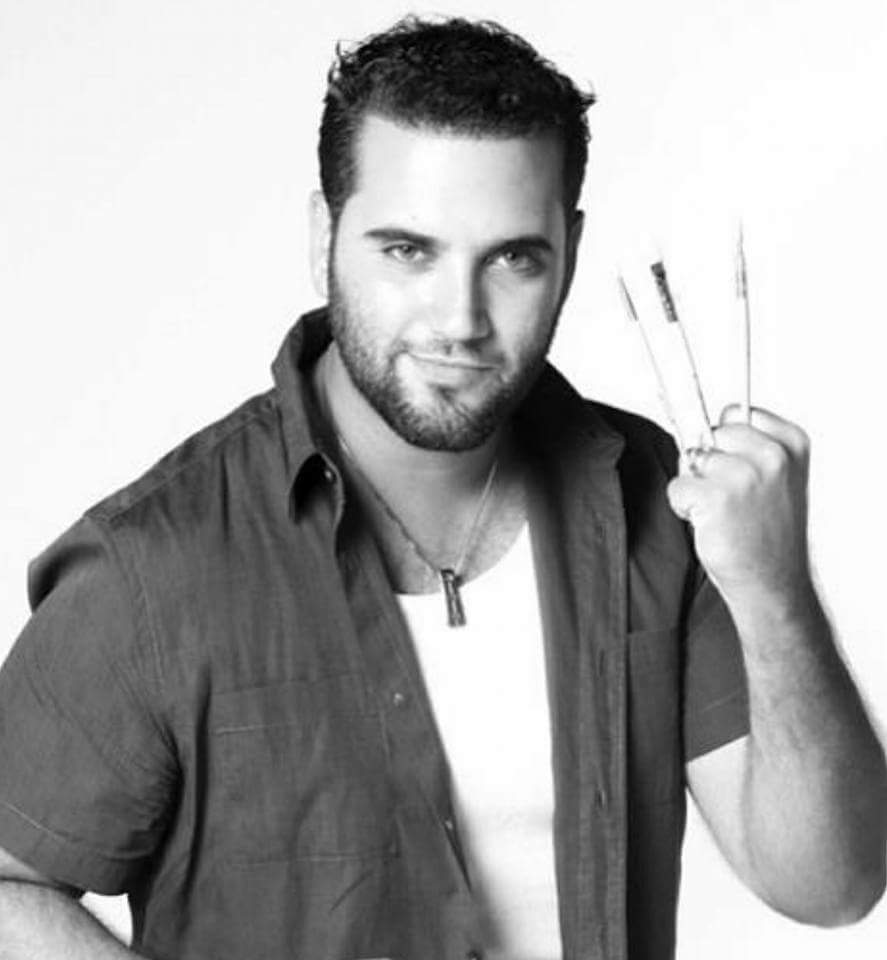 New York Film Academy (NYFA) Acting for Film alum Dr. Ariel Orama López has been incredibly productive since graduating from NYFA’s Los Angeles campus, and has the accolades to prove it. His latest film, One, revolves around the incredible devastation his homeland of Puerto Rico suffered from during and after Hurricane Maria.
New York Film Academy (NYFA) Acting for Film alum Dr. Ariel Orama López has been incredibly productive since graduating from NYFA’s Los Angeles campus, and has the accolades to prove it. His latest film, One, revolves around the incredible devastation his homeland of Puerto Rico suffered from during and after Hurricane Maria.
López has been and written about by VoyageLA and other publications, distinguished for his achievements. Here are just a few quotes about him and his work:
Denis McCourt (Director of Conservatory & Outreach Programming in Coachella Valley Repertory & Former NYFA-LA Associate Chair for Performance Studies): AG Orloz (Dr. Ariel Orama López) brings a very important voice to story telling through film. Especially at this time in American history. He’s a brave and truthful artist.”
“AG Orloz (Dr. Ariel Orama López) aporta una voz muy importante a la narración de historias a través del cine. Especialmente en este momento en la historia de Estados Unidos. Es un artista valiente y de gran verosimilitud.”
William Lurh (Author and Professor – Film & Gender – NYU Seminar): “An impressive filmmaker.”
“Un cineasta impresionante.”
José R. Pagán (Journalist Primera Hora/GFR Media): “Artist in many ways, Orama is a graduate student of New York Film Academy and was awarded a scholarship by NYU in New York in an intensive summer workshop (about Film and Gender). He was able to share his published book on creativity, neuroscience and virtuality with Lin Manuel on his visit to the Island … He not only directs, but also stars in his stories … The plot of One interweaves poetry and other elements of art with aesthetic value to carry a message about the constant battles that Puerto Ricans fought almost two years ago. Their motto responds to the idea that not all stories/lives have been told.”
“Artista en muchos sentidos, Orama es egresado de New York Film Academy y fue becado por NYU en Nueva York en un intensivo de verano. Recientemente, pudo compartir su libro publicado sobre creatividad, neurociencia y virtualidad con Lin Manuel en su visita a la Isla. La peculiaridad de Orama es que no solo dirige, sino que también protagoniza sus historias … La trama de One entreteje poesía y otros elementos del arte con valor estético para llevar un mensaje sobre las batallas constantes que libraron los boricuas hace casi dos años. Su lema responde a la idea de que “no todas las vidas han sido contadas.”
Damaria Hernádez Mercado (Journalist El Nuevo Día/GFR Media): “The short film One, made in a surrealist tone, has received international praise and awards.”
“El cortometraje One, realizado en un tono surrealista, ha recibido elogios y galardones a nivel internacional.”
América TV/Puerto Rico: “A tribute to the lost lives and the battles won after the passage of Hurricane Maria through Puerto Rico knocks on the doors of the Hollywood Academy of Motion Picture Arts and Sciences.”
“Un tributo a las vidas perdidas y las batallas ganadas tras el paso del huracán María por puerto rico toca las puertas de la Academia de Artes y Ciencias cinematográficas de Hollywood.”
Nicole Chacón (Publicist/News Anchor/Social Media – WAPA TV/WAPA America): “Without a doubt, Orama is a talented young man who makes his way telling our stories in international cinema.”
“Sin duda, Orama es un talentoso joven que se abre camino contando nuestras historias en el cine internacional.”
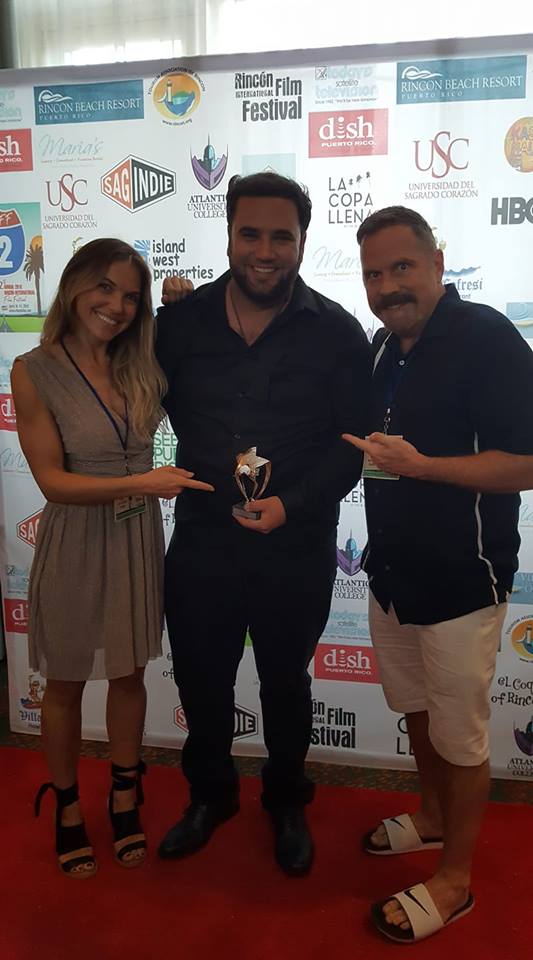
New York Film Academy spoke with Dr. Ariel Orama López about the film, as well his next project Ysla, his deep connection to Puerto Rico, and his advice for current and future NYFA students:
El alumno de Actuación para Cine de la New York Film Academy, Dr. Ariel Orama López, ha estado trabajando imparablemente desde su graduación en el campus de Los Ángeles, y sus premios así lo prueban. Su última película, One, trata sobre la increíble devastación que sufrió su tierra natal, Puerto Rico, durante y después del huracán María.
La New York Film Academy habló con el Dr. Ariel Orama López sobre su película, y sobre su próximo proyecto, Ysla, su conexión más intensa con Puerto Rico, además de sus consejos para todos los alumnos de la NYFA:
New York Film Academy (NYFA): First, can you tell us a bit about yourself, where you’re from, and what brought you to New York Film Academy?
Dr. Ariel Orama López (AL): I am Dr. Ariel Orama López and AG Orloz is my artistic name. I have combined my formal studies in clinical psychology with additional training in film, literary creation, anatomy, media, paralegal studies and contemporary culture. Currently, I am a professor of psychology and acting, added to an extensive career of personal and professional achievements in different media and educational contexts, particularly as a writer, actor for commercials, television series and voiceovers, principal actor of independent movies and certified coach for artists. I have been an actor since 2001, professionally licensed, and started my duties as an independent film director in 2009. Recently, I was named as one of the Top Young Persons of Puerto Rico.
La New York Film Academy (NYFA): Para empezar, cuéntanos un poco más sobre ti. ¿De dónde vienes, y qué te llevó a la New York Film Academy?
Dr. Ariel Orama López (AL): Soy el doctor Ariel Orama López y AG Orloz es mi nombre artístico: he combinado mis estudios formales en psicología clínica con formaciones adicionales en cine, creación literaria, medios, estudios paralegales y cultura contemporánea. Actualmente, soy profesor de psicología y actuación, sumado a una trayectoria de logros personales y profesionales en distintos medios del país y espacios educativos, en las facetas de escritor, actor para comerciales, series, “voice-overs”, protagonista de proyectos independientes y coach certificado para artistas. Ejerzo como actor desde el 2001, con licencia profesional y comencé mis funciones como director de cine independiente en el 2009. Recientemente, recibí uno de los Premios Juventud de Puerto Rico.
NYFA: Can you tell us about your film One?
AL: One is an experimental Puerto Rican short film with a surrealist tone that represents the strong voice of the thousands of lives lost and the battles won after the ravages of the historic Hurricane Category 5 Maria. Recently, the project celebrated its first year with a continental tour, and has already earned 36 international laurels, two special invitations (Los Angeles and Spain) and 10 international prizes. It is in the process of eligibility for the Oscars, after an invitation to participate in a collective of short films that will be exhibited in Los Angeles in a Premiére block: One is the only Puerto Rican film in the collective, a great reason for celebration for all the Island. One has been praised and awarded in distinguished contexts of the world. The news of its eligibility process at the Oscars has been reviewed in different news media of the country, two years after the arrival of the Hurricane and in full analysis of the weather changes that are projected, worldwide.
NYFA: ¿Nos puedes contar más sobre tu película, “One”?
AL: One es un cortometraje puertorriqueño experimental con un tono surrealista que representa la voz contundente de las miles de vidas perdidas y las batallas ganadas luego de los estragos del histórico huracán Categoría 5 María. Recientemente, el proyecto cumplió su primer año con un recorrido continental, ya, con 36 laureles internacionales, dos invitaciones especiales (Los Ángeles y España) y 10 premios del Mundo. Se encuentra en su proceso de elegibilidad para los Oscars, luego de una invitación a participar de un colectivo de cortometrajes que se expondrán en Los Ángeles en un bloque Premiére: One es el único proyecto de Puerto Rico en el colectivo, motivo de gran celebración para toda la Isla. Ha sido elogiado y galardonado en contextos distinguidos del Mundo. La noticia de su proceso de elegibilidad ha sido reseñada en distintos medios impresos y noticiosos del país, ya en la fecha de los dos años de la llegada del Huracán y en pleno análisis de los cambios climatológicos que se proyectan, a nivel Mundial.
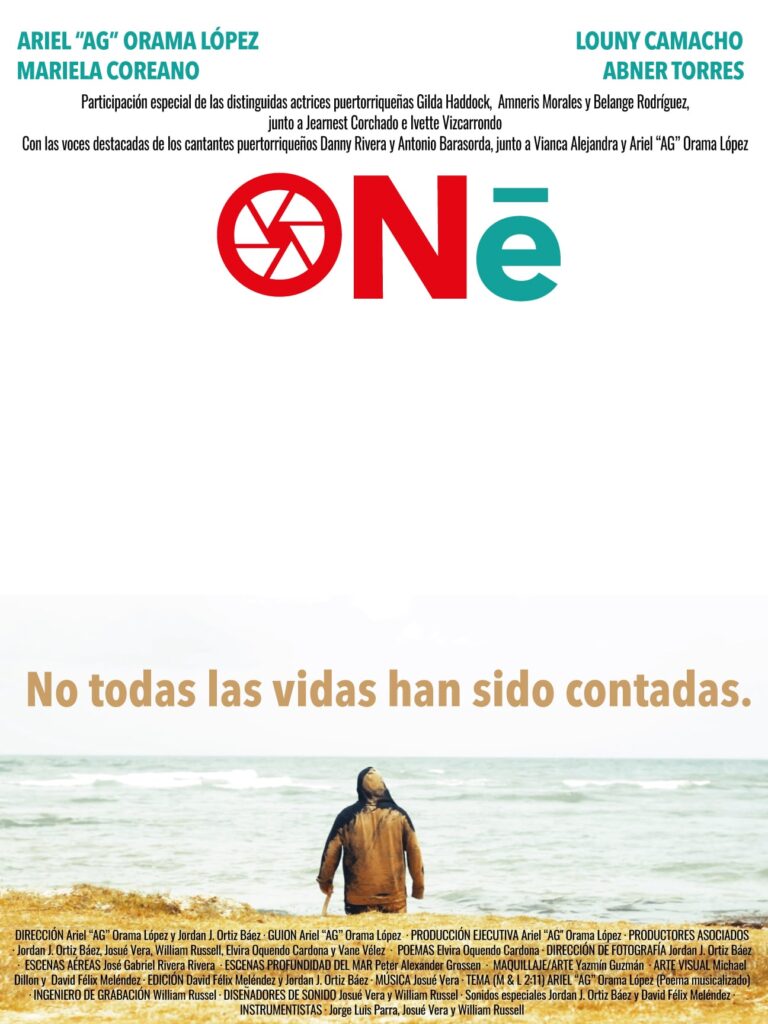
NYFA: What inspired you to make One?
AL: I experienced the ravages of Hurricane Maria closely: I live in the Eastern zone of Puerto Rico, the most devastated, so I could closely experience the collective and individual needs of Puerto Ricans. As a media writer, I distinguished the efforts of artists like Lin-Manuel Miranda, whom I had the privilege of meeting recently: he received my published book on neuroscience and creativity and I have the opportunity of briefly telling him about my next project, my first complete film called Ysla. The biggest inspiration for One? The thousands of lives lost and, above all, the first person who died probably east, near the ocean and in a heartbreaking way: there was born the character of One.
NYFA: ¿Qué te inspiró a crear “One”?
AL: Viví los estragos del huracán María de cerca: resido en la zona Este de Puerto Rico, la más devastada, por lo cual, pude experimentar de cerca las necesidades colectivas e individuales de los puertorriqueños. Como escritor de medios, distinguí los esfuerzos de artistas como Lin-Manuel Miranda, a quien tuve el privilegio de conocer, regalarle mi libro sobre neurociencia y creatividad y platicarle brevemente de mi próximo proyecto, mi filme Ysla. ¿La mayor inspiración para One? Las miles de vidas que perdieron su vida y, sobre todo, la primera persona que murió que, en teoría, hipotetizo que fue en la zona este, cercano al océano y de una forma desgarradora: allí nació el personaje de One.
NYFA: What was it like filming One?
AL: One is a project with an intensity aura and bright in images. One year after Maria, in our Eastern coastal areas, the ravages still perpetuated, visible in ocean waters and vegetation. Within all this revitalization process, the sargassum emanated a golden color when exposed to the sun: it was there that I thought that, in so much darkness, our surroundings always shone, despite all that has happened. Just at that moment, the mass media began to present the reality of the thousands of lives lost on the Island; I did not hesitate a second to create the story, become a spokesperson for this overwhelming message worldwide and join forces with actors and singers from the Island recognized in the international scope, combined with new blood on acting and producing.
It is important to point out that I direct and star in my stories: it is a double challenge. Thank God, all the independent films in which I have worked in both roles have been awarded and recognized worldwide. I find it very difficult to define my line of protagonist and director: my commitment is complete, in both roles. And so it has been evidenced by all the beautiful acknowledgment we have received.
NYFA: ¿Cómo fue para ti grabar “One”?
AL: One es un proyecto con un aura de intensidad. A un año de María, en nuestras zonas costeras del Este aún se perpetuaban los estragos, visible operacionalmente en las aguas del océano y en la vegetación. Me llamó la atención que, dentro de todo ese proceso de revitalización, el color del sargazo emanaba un color dorado al exponerse al sol: fue allí donde pensé que, dentro de tanta oscuridad, siempre brillaba nuestro entorno, pese a todo lo vivido. Justo en ese instante, los medios masivos comenzaron a presentar la realidad de las miles de vidas perdidas en la Isla: no dudé un segundo en crear la historia, convertirme en portavoz de este mensaje contundente a nivel mundial y aunar esfuerzos con actores y cantantes de la Isla reconocidos en el ámbito internacional, sumado con sangre nueva en actuación y producción. Es importante precisar que yo dirijo y protagonizo mis historias: es un doble reto. Gracias a Dios, todos los filmes en los que he fungido en ambos roles han sido galardonados y reconocidos a nivel mundial. Me resulta muy difícil definir mi línea de protagonista y director: mi compromiso es cabal, en ambos roles. Y así ha sido evidenciado.
NYFA: What other projects are you working on or do you plan to work on?
AL: I am in the postproduction phase of a movie titled Ysla (Ysland) (2020). The film aims to present the stories of a current Puerto Rican in his look towards 2020. It is a collaboration of Puerto Rico, the United States, Colombia, and Spain that takes the Christmas season as its starting point. It is a project of great conceptual aesthetics, musicality, poetry and national sense, without ignoring our universality.
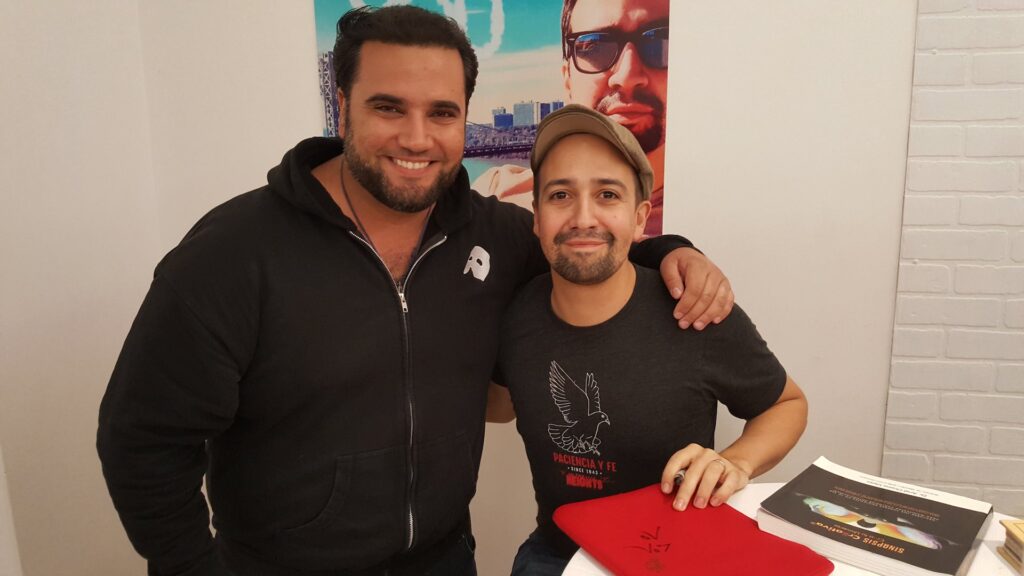
NYFA: ¿Tienes otros proyectos en los que has estado trabajando o que estás preparando?
AL: En estos momentos, me encuentro en la fase de postproducción de la película completa titulada Isla (Ysland) (2020). El filme pretende presentar las historias del puertorriqueño actual en su mirada hacia el 2020. Es una colaboración de Puerto Rico, Estados Unidos, Colombia y España que toma como partida la temporada de la Navidad. Es un proyecto de gran estética conceptual, musicalidad, poesía y sentido patrio, sin ignorar nuestra universalidad.
NYFA: What did you learn at NYFA that you applied directly to your work on One, or your work in general?
AL: I remember my experiences in NYFA with great enthusiasm. The opportunity to create short films on the Universal Studios backlot in Los Angeles and the learning acquired to work the acting process for cinema, from the verisimilitude and the internal search, were fundamental to create, through the direction and starring roles. Thank God, I already have more than 60 laurels in my career—and have worked on more than 200 creative projects—adding to awards in acting, production, direction, composition, and script. Being Puerto Rican, in times of political transition to situations that had such a worldwide impact and after a such predominant devastation with a Category 5 hurricane, is a heroic event.
Guillermo del Toro and Alfonso Cuarón inspire me; the ability to love his homeland enough to develop a project as wonderful as Roma (Cuarón), with such aesthetics and love for its roots is admirable—Mexico has always been close to my heart. I had the opportunity to share physical space with immigrants friends and they were the first ones who supported me while I was traveling through the streets of Los Angeles, on my way to NYFA, inspired by faith and a precise dream: to be part of the history of cinema in Puerto Rico, from a nontraditional perspective and with a different prism. I feel that I have already done it and I thank God for it.
NYFA: De todo lo que aprendiste en NYFA ¿Que ha sido lo que más te ha ayudado creando One, o en tu trabajo en general?
AL: Recuerdo mis experiencias en NYFA con sumo entusiasmo. La oportunidad de crear cortometrajes en los estudios universales y el aprendizaje adquirido para trabajar el proceso actoral para cine, desde la verosimilitud y la búsqueda interior, fueron fundamentales para crear, a través de la dirección y la actuación principal. Gracias a Dios, ya poseo más de 50 laureles en mi trayectoria -con más de 200 proyectos creativos-, sumado a premios en actuación principal, producción, dirección, composición y guion: ser puertorriqueño, en tiempos de transición política ante situaciones que tuvieron tanta repercusión a nivel mundial y luego de una devastación tan predominante, luego de un huracán tan impresionante, es un hecho heroico.
Guillermo del Toro y Alfonso Cuarón me inspiran: la capacidad de amar a su patria para gestar un proyecto tan maravilloso como Roma (Cuarón), con tanta estética y amor a sus raíces es admirable: México siempre ha estado cercano a mi corazón: tuve la oportunidad de compartir espacio físico con amigos inmigrantes y ellos fueron los primeros que me apoyaron mientras transitaba por las calles de Los Ángeles, de camino a NYFA, inspirado por la fe y un sueño preciso: ser parte de la historia del cine en Puerto Rico, desde la mirada no tradicional y con un prisma diferente. Siento que ya lo he logrado y le agradezco a Dios por ello.
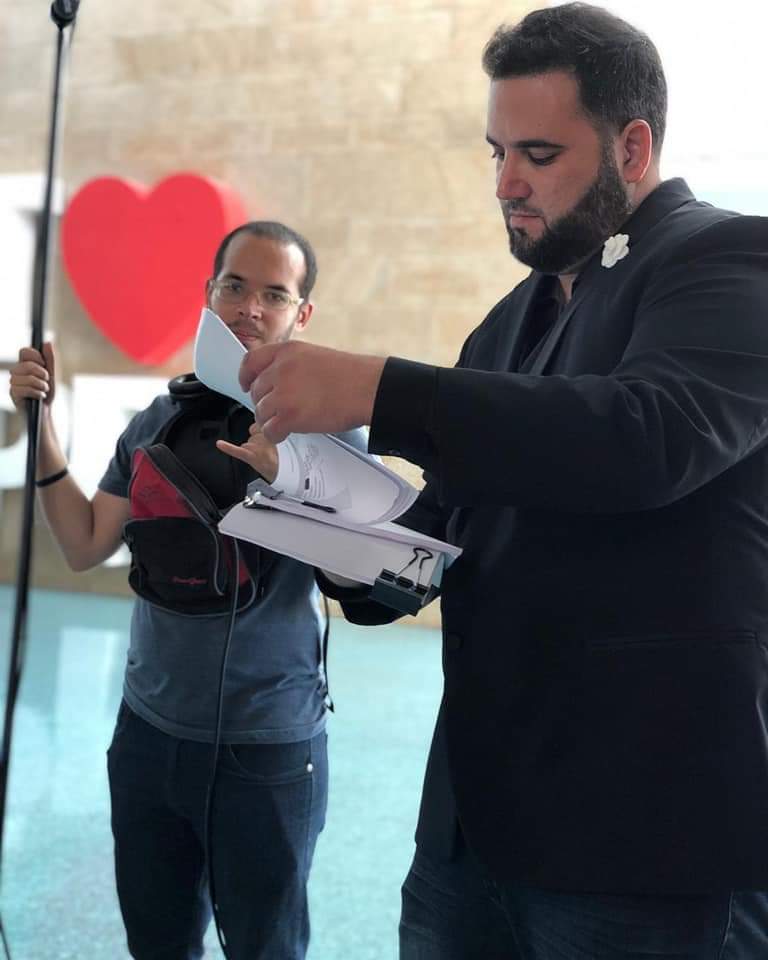
NYFA: What advice would you give to students just starting out at NYFA?
AL: For students who start at NYFA—enjoy the process, every moment. Be open to work with colleagues from different parts of the world. May they open themselves to the experience of converting their art into their mission of life and that they understand the immeasurable value of the seventh art as a vehicle for healing. As a powerful tool to create new paradigms. As an ingenious space to realize dreams and great purposes. As a great alternative to understand the environment and to create new horizons. As a free and eternal space to dream an immense universe and an optimal world.
NYFA: ¿Qué consejo le darías a los estudiantes que acaban de comenzar sus estudios en NYFA?
AL: A los estudiantes que inician en NYFA, disfruten del proceso, en cada instante. Que estén abiertos a trabajar con colegas de distintas partes del Mundo. Que se abran a la experiencia de convertir su arte en su misión de vida y que entiendan el valor inconmensurable del séptimo arte como vehículo para sanar. Como una herramienta poderosa para crear nuevos paradigmas. Como un espacio ingenioso para materializar sueños y grandes propósitos. Como una gran alternativa para entender el entorno y para crear nuevos horizontes. Como un espacio libre y eterno para soñar un Universo inmenso y un Mundo óptimo.
NYFA: Anything I missed you’d like to speak on?
AL: Thank you very much for always appreciating my experiences in fine arts: tons of blessings for my colleagues and friends from my alma Mater, NYFA. And let’s pray for the Oscars nomination for Puerto Rico!
NYFA: ¿Hay algo más que te gustaría comentar?
AL: Muchísimas gracias por siempre apreciar mis experiencias en las bellas artes. Muchísimas bendiciones para todos mis colegas y amigos de mi Alma Mater, NYFA. ¡Y recemos por la nominación para el Óscar para Puerto Rico!
New York Film Academy thanks Acting for Film alum Dr. Ariel Orama López for taking the time to speak with us and encourages everyone to check out his socially and culturally important work!
La New York Film Academy agradece al alumno de ‘Actuación para Cine’ Dr. Ariel Orama López por su colaboración y por su tiempo contestando nuestra preguntas, y anima a todos nuestros lectores a revisar su trabajo, que es muy muy importante a nivel social y cultural.
[su_carousel source=”media: 14575,14574,14572,14573,14571,14569,14570,14568,14567,14565,14564,14566″ link=”image” target=”blank”]


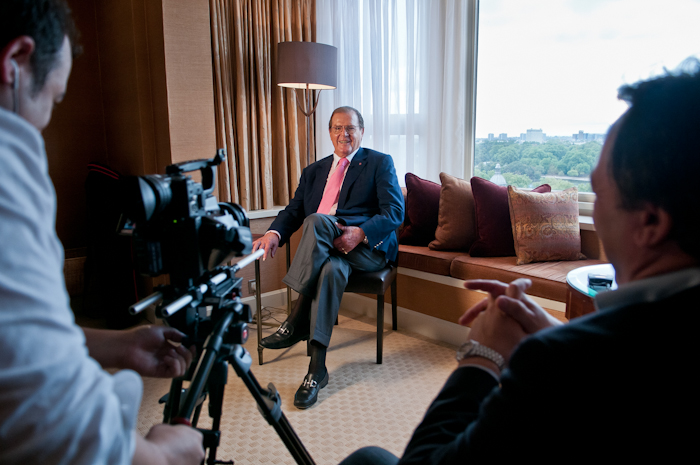




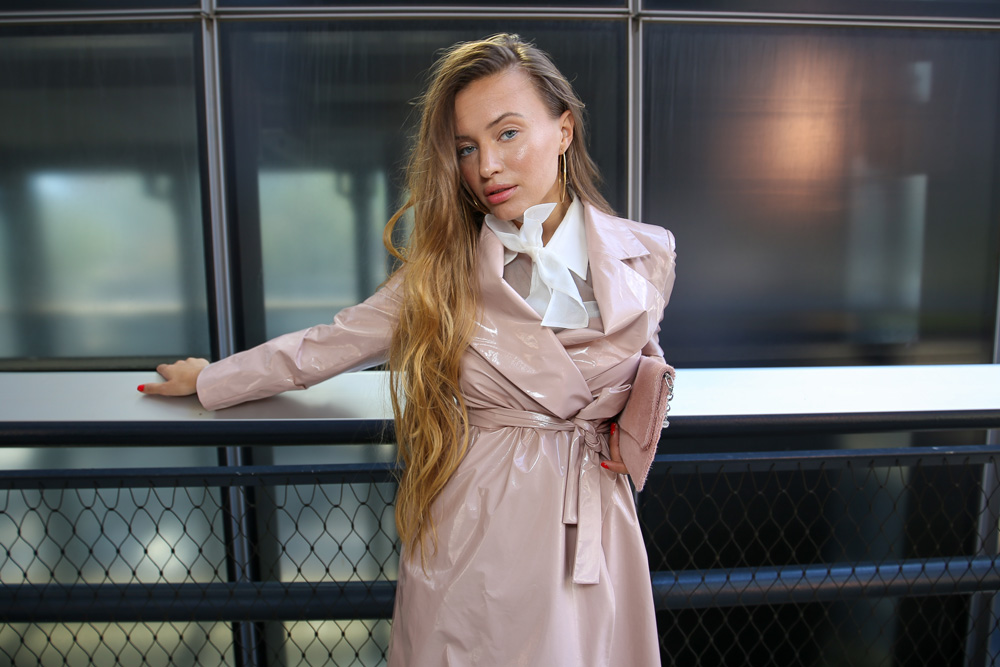
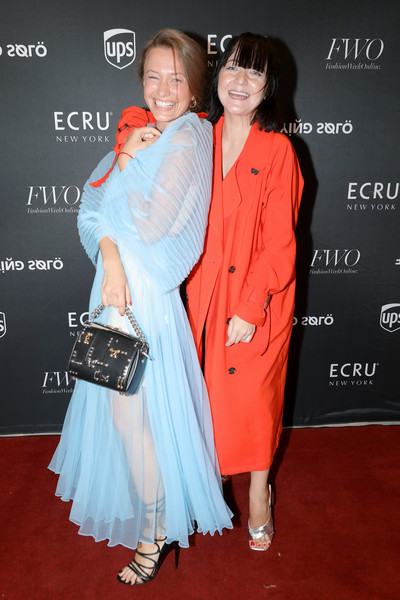
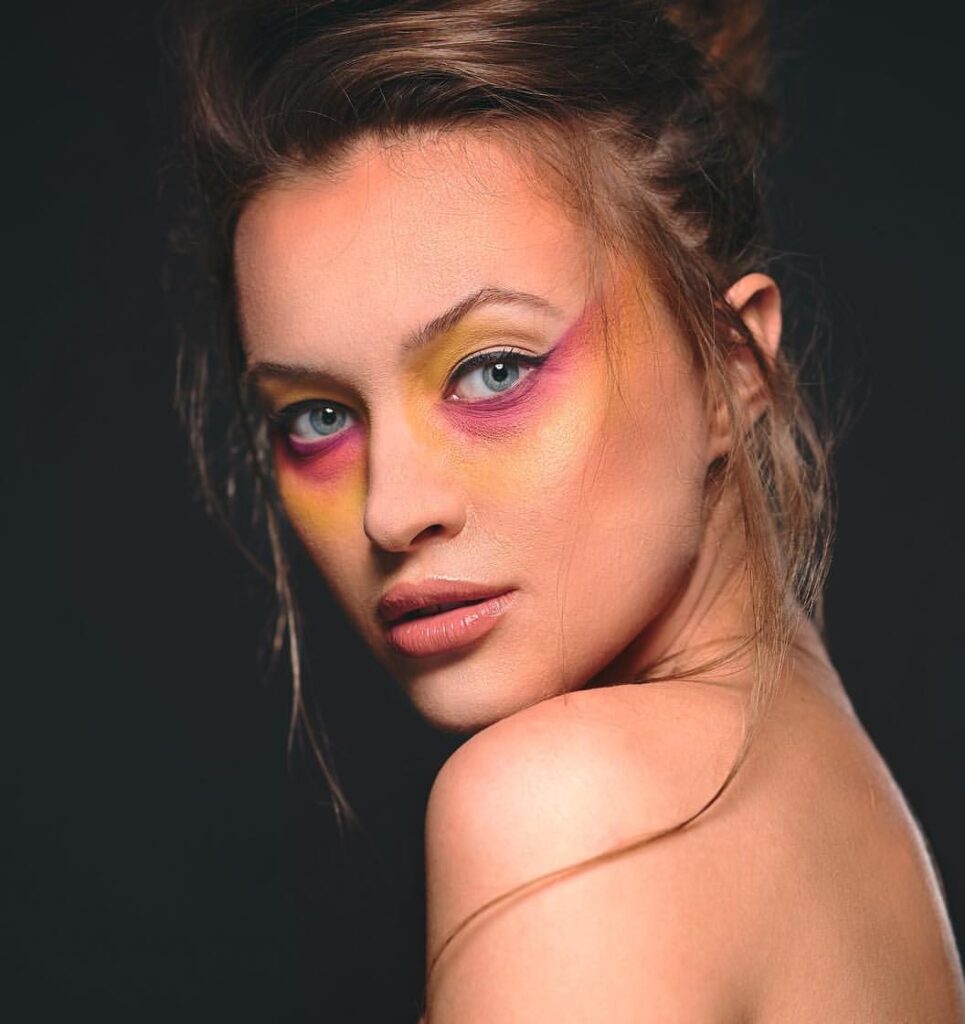


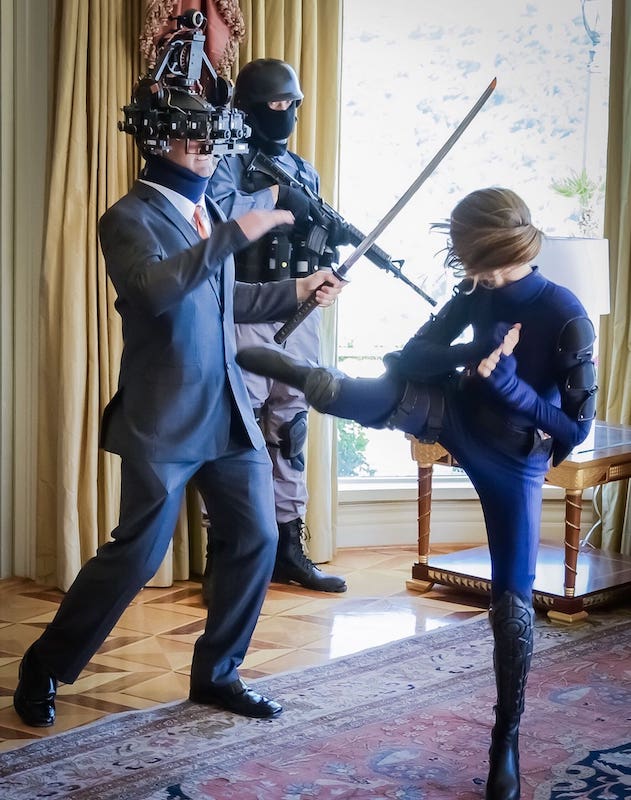
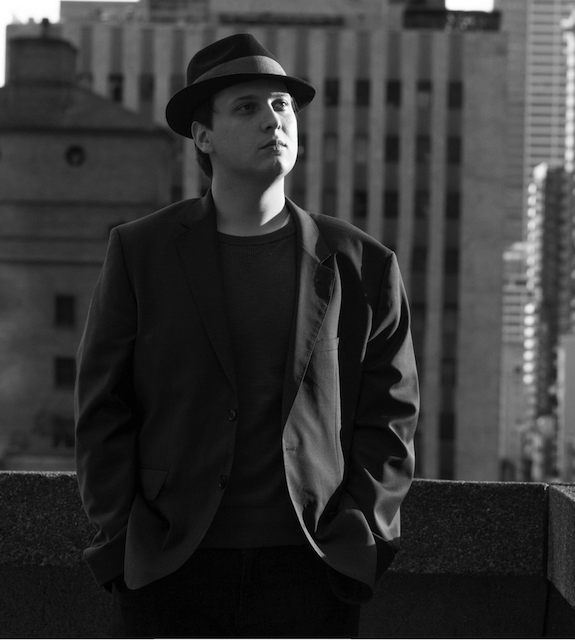
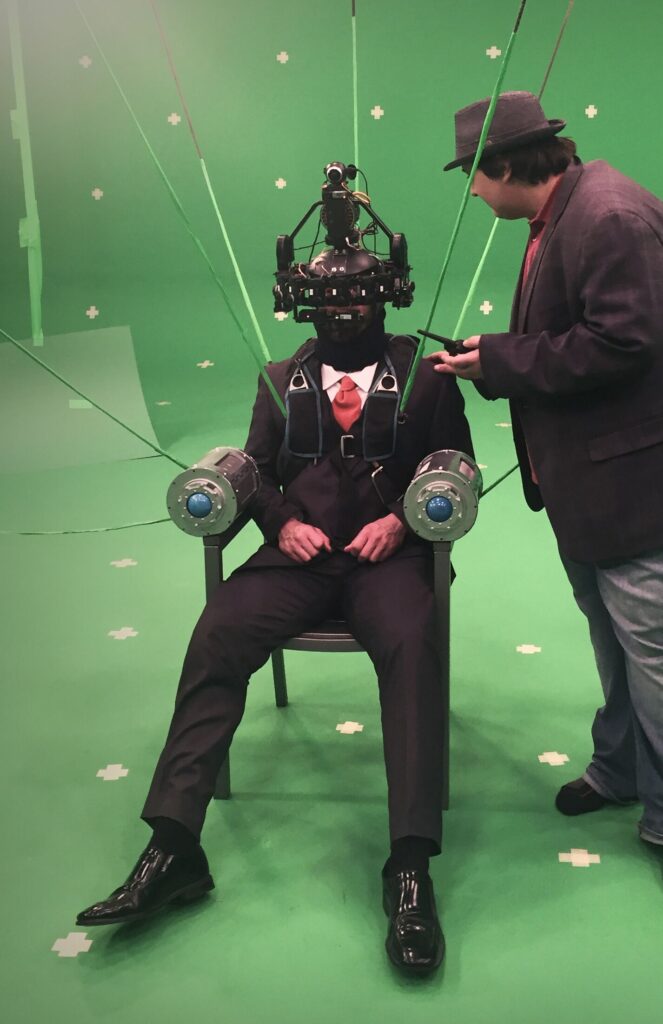








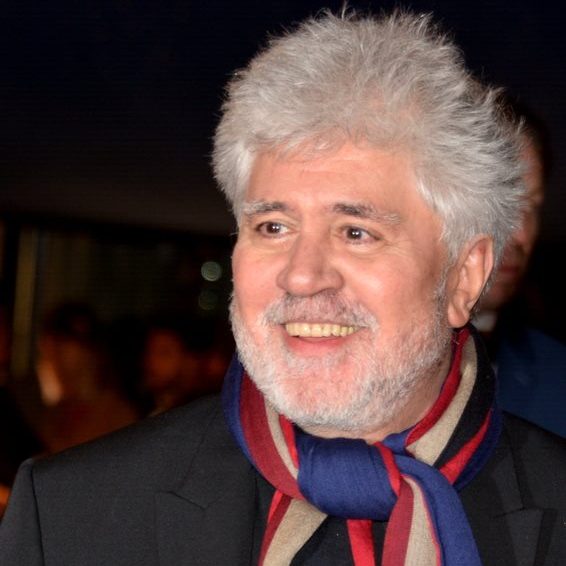

 French actor Ludovic Coutaud knew within minutes of stepping into New York Film Academy (NYFA) that he was destined to study acting at the school. He did just that, and now the Acting for Film alum is back in Marseille, France, and writing, producing, and starring in the unique abstract series showcasing the art of clowning, Lunatic Clown in Colors.
French actor Ludovic Coutaud knew within minutes of stepping into New York Film Academy (NYFA) that he was destined to study acting at the school. He did just that, and now the Acting for Film alum is back in Marseille, France, and writing, producing, and starring in the unique abstract series showcasing the art of clowning, Lunatic Clown in Colors.